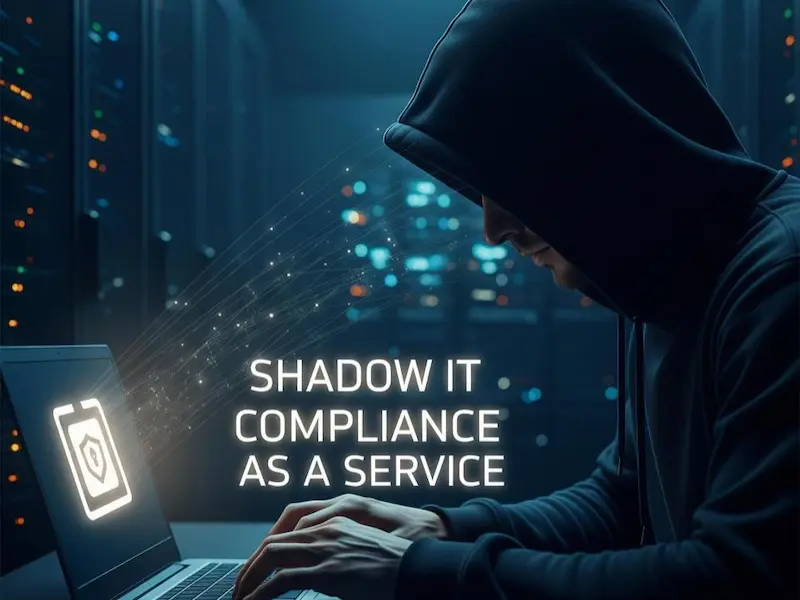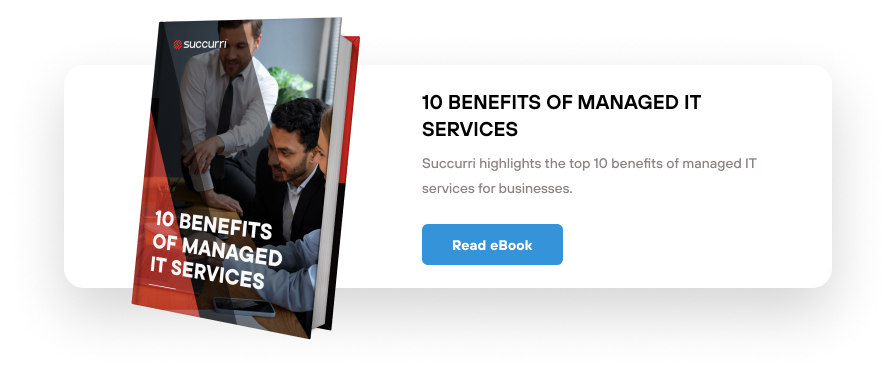When employees take IT into their own hands, using personal devices, downloading unapproved apps, or signing up for cloud tools without IT oversight, they create what’s known as Shadow IT.
While it may seem harmless, Shadow IT is one of the most common reasons businesses in Seattle, Everett, Phoenix, and Kalispell struggle with compliance violations, data breaches, and operational inefficiencies.
In this article, I’ll explain why Shadow IT is so risky, how it leads to compliance failures, and the steps your business can take to prevent it.
What Is Shadow IT?
Shadow IT refers to technology solutions employees adopt outside official IT approval. Examples include:
- Using Dropbox or Google Drive for company files.
- Forwarding sensitive work emails to personal accounts.
- Downloading free project management apps.
- Connecting personal devices to corporate networks.
These “workarounds” usually start with good intentions — employees want to move faster. But without IT oversight, these tools create major security gaps.
Why Shadow IT Creates Compliance Problems
Every regulated industry, healthcare, financial services, defense contracting, even construction, faces strict compliance requirements (HIPAA, PCI DSS, CMMC, NIST, etc.). Shadow IT bypasses all of those safeguards.
Risks include:
- Data leakage: Sensitive files stored in personal accounts aren’t encrypted or monitored.
- Audit failures: Untracked apps and devices prevent accurate compliance reporting.
- Unauthorized access: If an employee leaves, their personal tools often retain client or company data.
- Third-party risk: Many Shadow IT apps lack security certifications, exposing you to regulatory penalties.
Shadow IT Leads to Data Vulnerabilities
Hackers love Shadow IT because it expands your attack surface. Common vulnerabilities include:
- Weak or reused passwords without MFA.
- Unpatched apps with known exploits.
- Files shared through unsecured platforms.
- Inconsistent data backups.
Even one unapproved app in your environment can open the door to ransomware or insider threats.
Why It’s Common in SMBs
Businesses in Seattle and Everett often juggle hybrid work environments, which increases reliance on personal devices. In Phoenix, healthcare and financial services workers sometimes use personal apps to avoid “slow IT processes,” creating HIPAA and PCI DSS violations. In Kalispell, smaller teams with limited IT budgets may unintentionally rely on Shadow IT just to stay productive.
The result? Compliance headaches and security gaps that cost more to fix later.
How to Address Shadow IT
Eliminating Shadow IT isn’t about punishing employees — it’s about giving them safer, approved alternatives. Here’s how Succurri helps clients take control:
- IT Audits: Identify all unauthorized tools, apps, and devices.
- Policy Development: Create clear rules for technology use that employees can follow.
- Approved Tools: Provide fast, secure alternatives to encourage adoption.
- Monitoring & Alerts: Detect new unauthorized apps before they spread.
- Employee Training: Help staff understand the risks and their role in protecting company data.
The Compliance Advantage of Zero Trust
Shadow IT can’t exist in a Zero Trust environment. By requiring every user, device, and app to verify before accessing data, Zero Trust removes blind spots that Shadow IT thrives in.
This is why Succurri’s vCISO services combine Shadow IT audits with Zero Trust strategies — giving businesses a scalable way to both secure data and meet compliance obligations.

Why Work with Succurri
Succurri provides managed IT, cybersecurity, and compliance solutions tailored for SMBs in Seattle, Everett, Phoenix, and Kalispell. With our vCISO team, you get:
- Compliance alignment with HIPAA, PCI DSS, CMMC, and NIST.
- Proactive monitoring that prevents Shadow IT risks.
- Local support from trusted experts who know your industry challenges.
More About the Author – Grant Eckstrom, vCISO
Grant Eckstrom is a Virtual Chief Information Security Officer at Succurri. With certifications including CISSP, CompTIA Security+, and ITIL v4, he advises organizations across industries on cybersecurity strategy, compliance frameworks, and Zero Trust implementation.
Schedule a Cybersecurity Compliance Assessment
Shadow IT may seem invisible, but its risks are real. Don’t wait until a compliance audit or data breach exposes your business.






